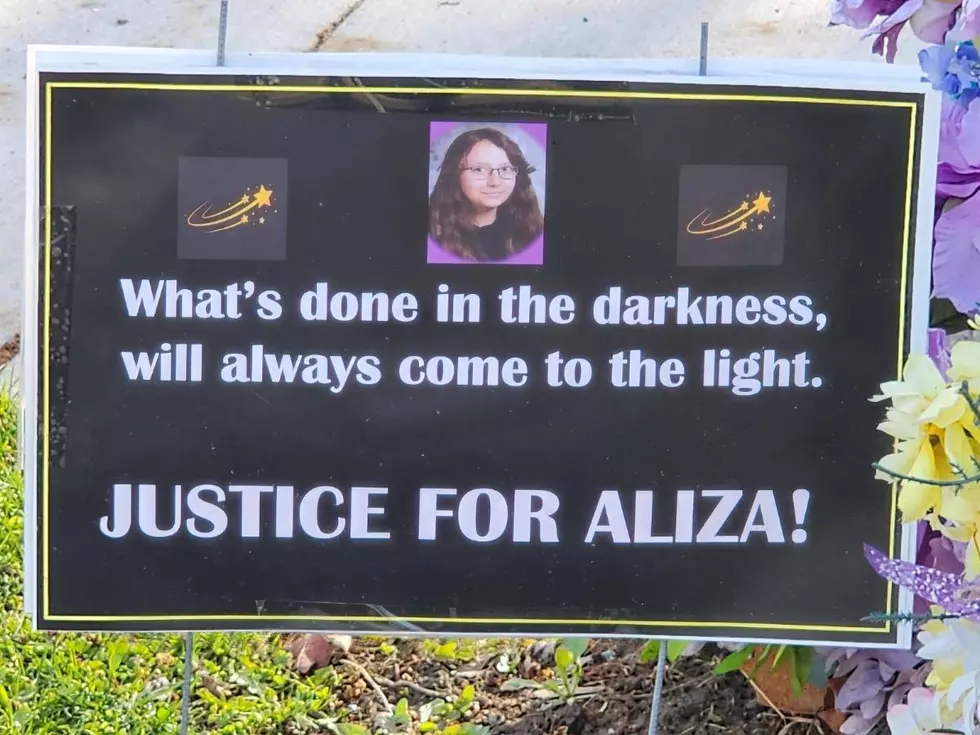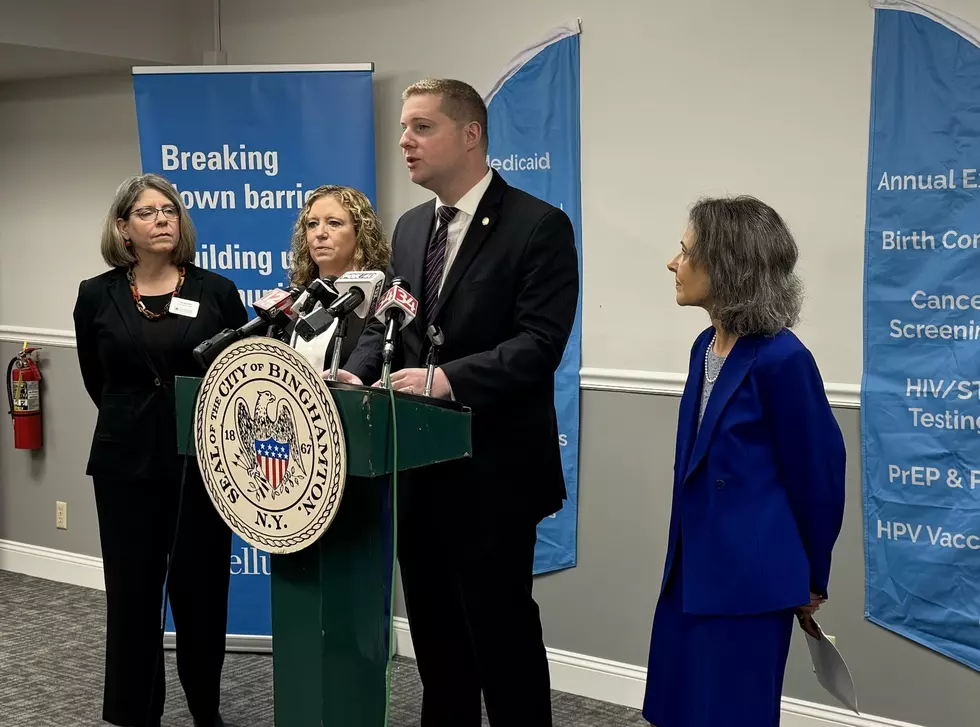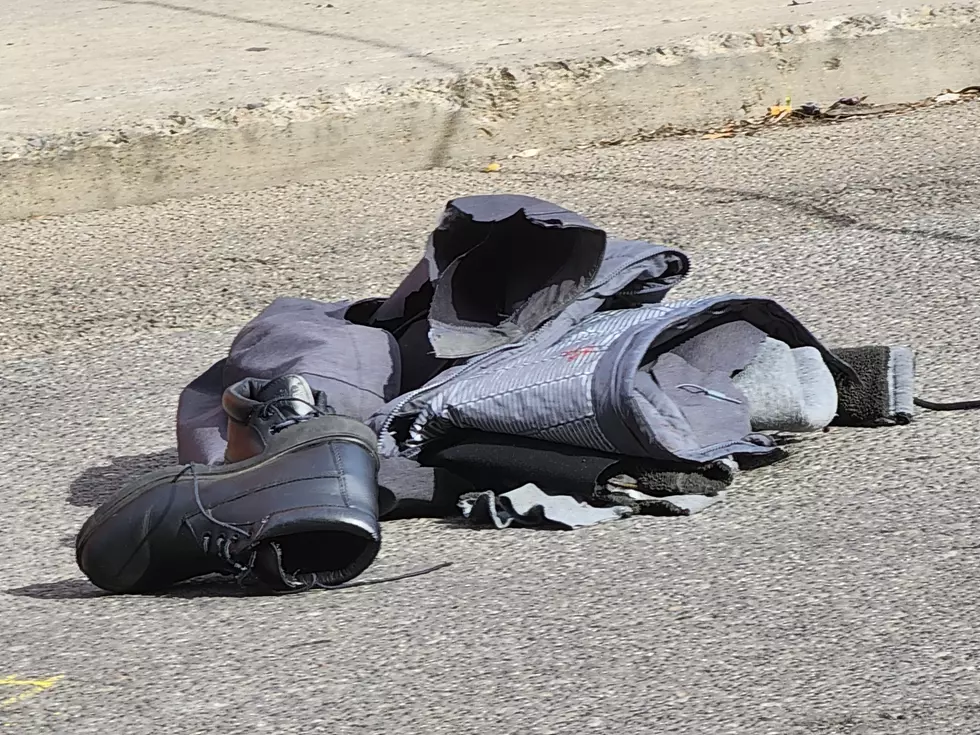
Hefty Winds Turn Out Lights to Thousands in Twin Tiers
Thousands of Twin Tiers residents found themselves dealing with power issues following strong winds that ripped through the region in the evening and overnight March 7-8.
New York State Electric and Gas reported over 16,000 customers just in Broome, Tioga, Chenango, Delaware and Cortland Counties without power around 8 p.m. March 7. Over 3,300 Broome County residents woke up on March 8 without power and NYSEG only listing “assessing” under the estimated restoration time on its website. Some of the most heavily impacted areas were in the Towns of Windsor and Colesville in Broome County although outages were reported throughout the county. Hard-hit areas in Delaware County were Hancock and Deposit. Dozens of residents in the Towns of Richford and Sanford as well as parts of Owego and Newark Valley had power out overnight in Tioga County areas of Afton in Chenango and Marathon in Cortland County woke up to no power.
First Energy/Pennelec also listed hundreds of residents in Susquehanna and Bradford Counties without power.

In addition to the power issues, many residents were looking at cleaning up sticks and downed limbs as well as collecting wayward trash receptacles and other items that weren’t properly secured overnight and were blown away.
Just how windy was it? The National Weather Service in Binghamton told WNBF early Tuesday the top wind gusts measured at both the Binghamton and Elmira airports came in at 56 miles per hour.
As the storms swept through the region in the evening, some of the thunderstorm warnings heralded the possibility of gusts reaching 70 miles per hour. National Weather Service Meteorologist Bryan Greenblatt says the New York Mesonet at Sherburne showed a wind gust at 65 miles per hour.
Gusts at over 25 miles per hour were still being recorded early on Tuesday but Greenblatt says the winds would be dying down.
Greenblatt says this week is is going to be a story of unsettled but seasonable weather. He says more snow is likely on March 9 with one to three inches of accumulation possible. Greenblatt assures us the three inches is likely only in the higher elevations and most of the valleys will see an inch or less of new snow. Still not enough to fire up that brand-new snow blower.
Waking Up To A Huge Snowstorm In The Twin Tiers
LOOK: The most expensive weather and climate disasters in recent decades
More From WNBF News Radio 1290 AM & 92.1 FM









